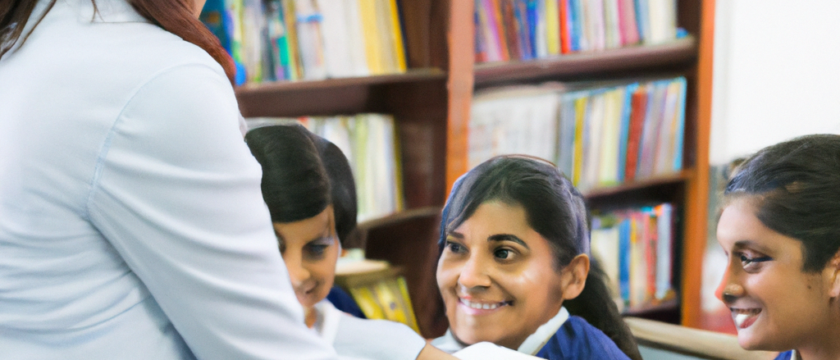How to apply Micro Learning for Slow Learners
Microlearning in Schools
The goal of microlearning is to help learners absorb and retain information more effectively by presenting it in small, manageable chunks
What is Microlearning?
Microlearning is a teaching and learning approach that involves delivering small, focused bits of information or training to learners in short, concise bursts. This type of learning is designed to be quick, easy to understand, and easy to retain. It is often used in online education and corporate training to help learners acquire new knowledge or skills in a flexible and convenient way. Microlearning can take many forms, including short video lessons, interactive quizzes, infographics, and other types of multimedia content. The goal of microlearning is to help learners absorb and retain information more effectively by presenting it in small, manageable chunks rather than overwhelming them with a large amount of content at once
Adopting micro learning methodology for teaching slow learners
There are several ways that an Indian school could adopt microlearning as a teaching approach for slow learners:
- Use multimedia content: One way to deliver microlearning is through the use of multimedia content, such as videos, infographics, and interactive quizzes. This can be an effective way to engage slow learners and help them retain information more effectively.
- Use spaced repetition: Another way to use microlearning is through the use of spaced repetition, where learners are exposed to the same content multiple times over a period of time. This can help slow learners reinforce their knowledge and improve retention.
- Create customized learning paths: Schools can also create customized learning paths for slow learners, providing them with tailored content that is tailored to their individual needs and learning styles.
- Provide frequent feedback: Providing frequent feedback is an important part of the microlearning process. Schools can use tools like quizzes and assessments to provide learners with feedback on their progress and help them understand where they need to focus their efforts.
- Encourage self-paced learning: Microlearning is often self-paced, which can be beneficial for slow learners. Schools can encourage self-paced learning by providing learners with the flexibility to work at their own pace and progress through content as they are ready.







